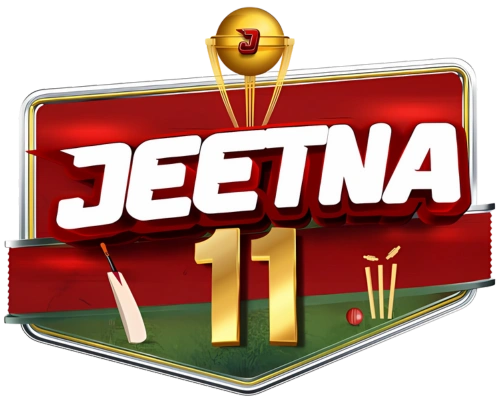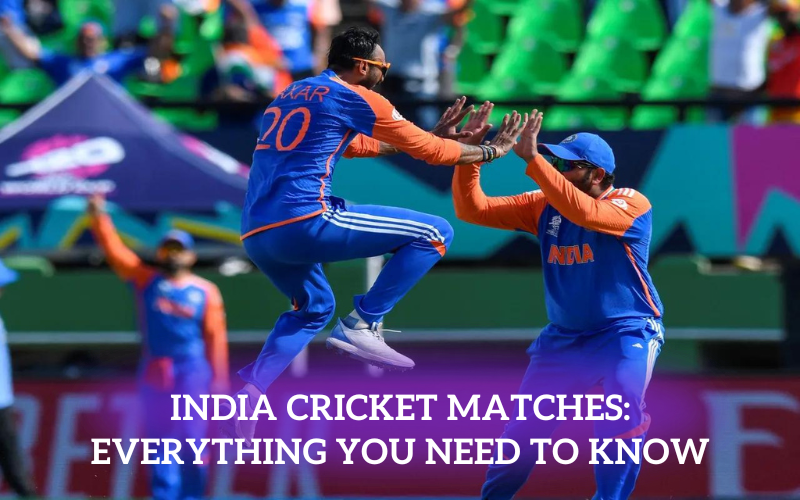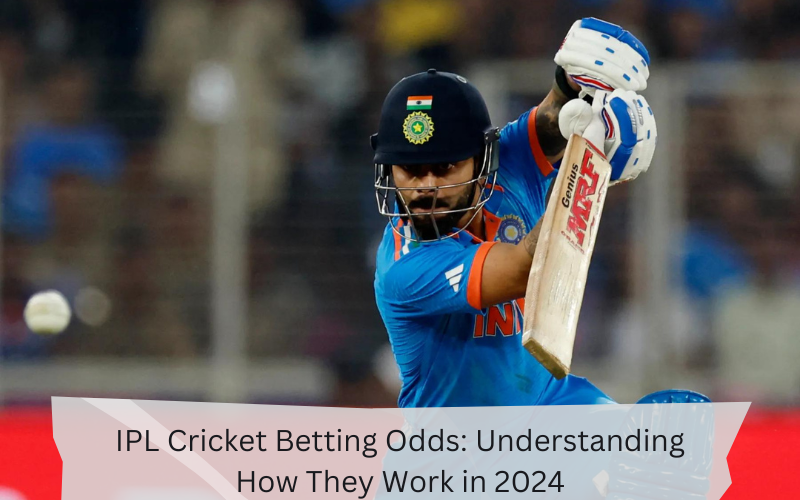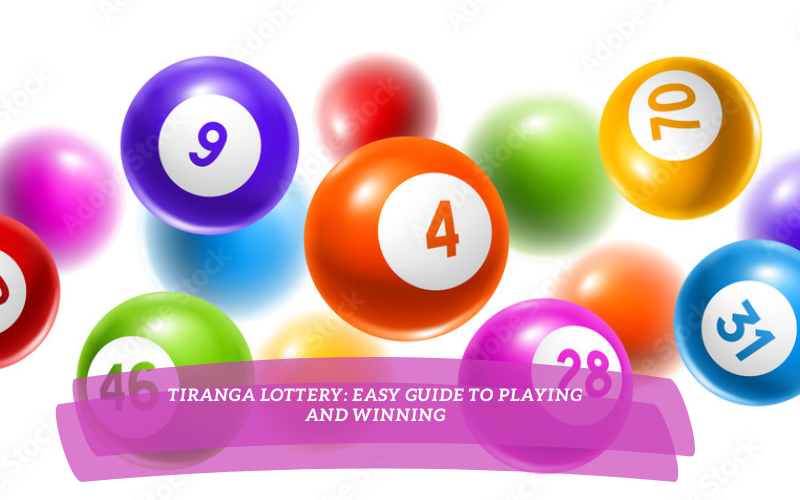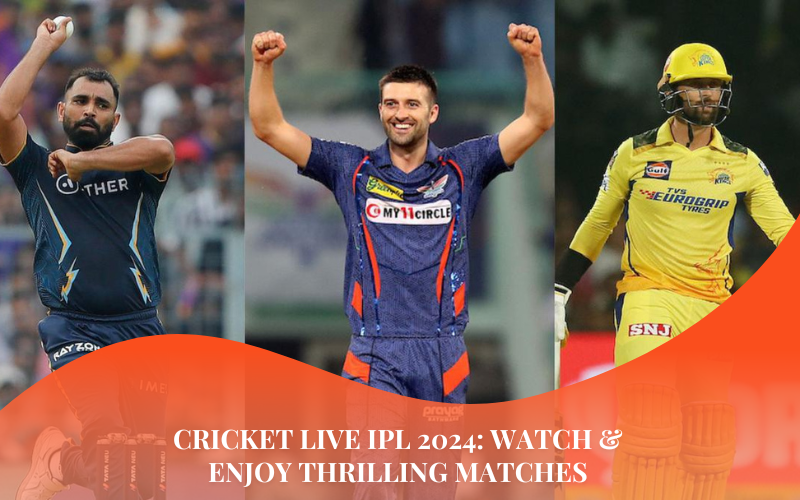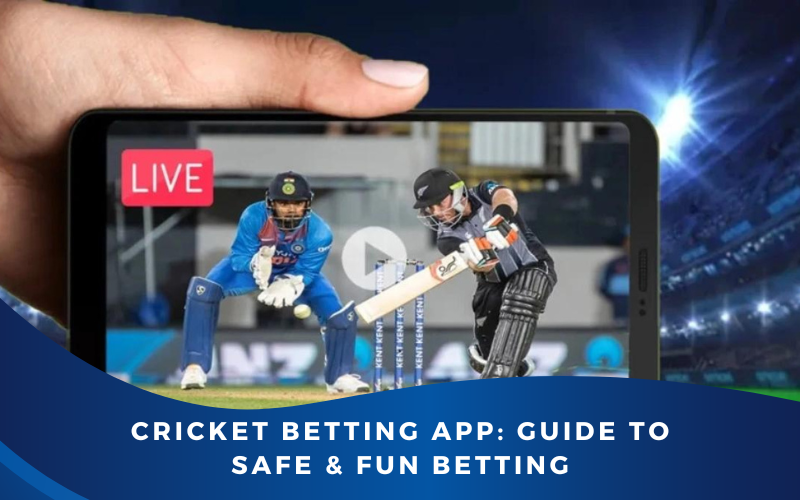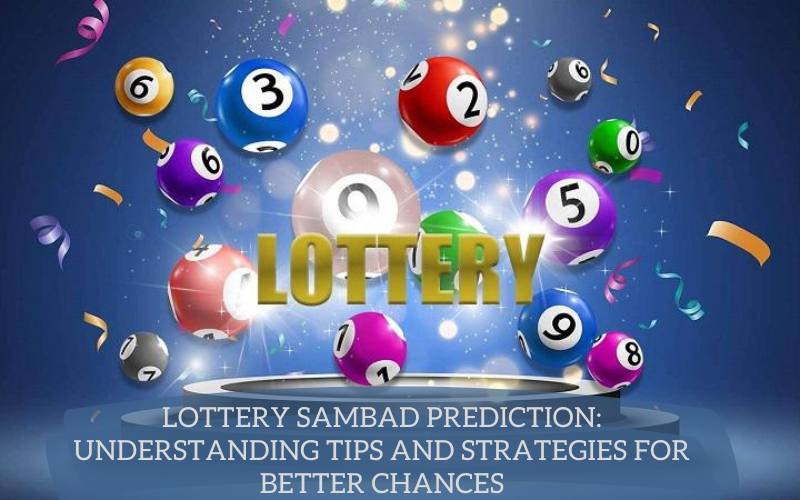India is a cricket-loving nation, and cricket matches in India are a big deal. Whether you’re a new fan or someone who wants to understand more about how india cricket matches work in India, this guide will help you. We’ll cover what cricket matches are, how they work, and why they’re so popular in India. Let’s dive in!
What Are India Cricket Matches?
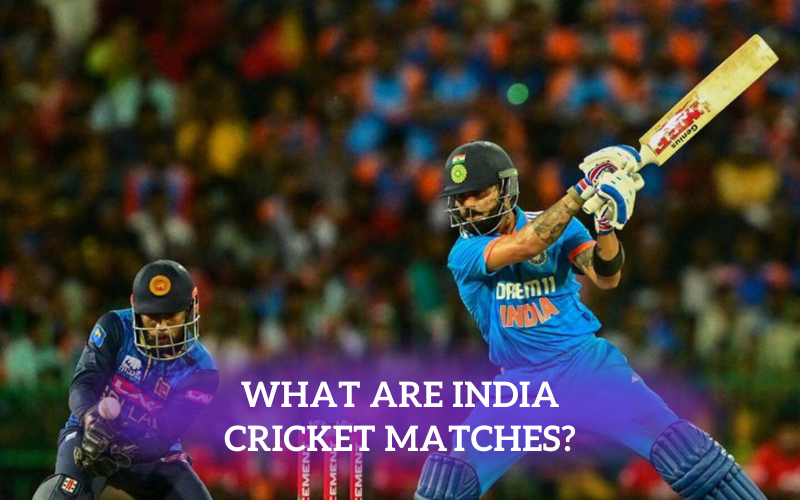
India cricket matches are games of cricket played by teams in India. Cricket is a sport where two teams compete to score the most runs. Each team takes turns to bat and bowl. The team that scores the most runs wins the match. In India, cricket matches are played in different formats: Test matches, One Day Internationals (ODIs), and Twenty20 (T20) matches.
Types of India Cricket Matches
- Test Matches:
- Test matches are played over five days.
- Each team gets two innings to bat and bowl.
- The team with the most runs at the end of the match wins.
- Test matches are the longest format and are known for their strategy and skill.
- One Day Internationals (ODIs):
- ODIs are played in one day.
- Each team gets 50 overs to bat.
- The team with the most runs after 50 overs wins.
- ODIs are shorter than Test matches and are faster-paced.
- Twenty20 (T20) Matches:
- T20 matches are the shortest format.
- Each team gets 20 overs to bat.
- The team with the most runs after 20 overs wins.
- T20 matches are exciting and full of action.
Popular India Cricket Matches
India has many popular cricket matches that attract huge crowds and TV audiences. Some of these include:
- India vs. Pakistan Matches: These matches are highly anticipated due to the historic rivalry between the two countries. They are known for their intense competition and passionate fans.
- India vs. Australia Matches: Australia is one of the strongest cricket teams, and matches between India and Australia are always exciting.
- India vs. England Matches: England and India have a long cricketing history, and their matches are often thrilling.
Major Cricket Tournaments in India
- Indian Premier League (IPL):
- The IPL is a T20 cricket league.
- It features teams from different cities in India.
- The tournament is held annually and is famous for its star players and exciting games.
- Ranji Trophy:
- The Ranji Trophy is a first-class cricket tournament.
- It features teams from different states in India.
- The tournament is named after the famous cricketer, K.S. Ranji.
- Vijay Hazare Trophy:
- The Vijay Hazare Trophy is a one-day cricket tournament.
- It is played between state teams.
- The trophy is named after the cricketer, Vijay Hazare.
How to Follow India Cricket Matches
Following India cricket matches is easy with modern technology. Here are some ways to keep up with the latest matches:
- Television: Cricket matches are broadcast live on TV channels. Channels like Star Sports, Sony Sports, and others show the matches.
- Online Streaming: You can watch matches online on streaming platforms. Many apps and websites offer live streams of cricket matches.
- Radio: If you’re on the go, you can listen to live commentary on the radio.
- Cricket Websites and Apps: Websites like ESPN Cricinfo and the ICC’s official site provide live scores, match updates, and detailed information.
See more: Online Fantasy Cricket: Play, Compete, and Win Prizes
Conclusion
India cricket matches are a major part of life in India. From Test matches to T20 games, cricket brings people together and creates excitement. Understanding the different types of matches, following the tournaments, and knowing the famous players can make you a bigger cricket fan. So next time there’s a match, you’ll know exactly what’s happening and why it’s so important to so many people in India. Enjoy watching the cricket matches and cheer for your favorite team!
